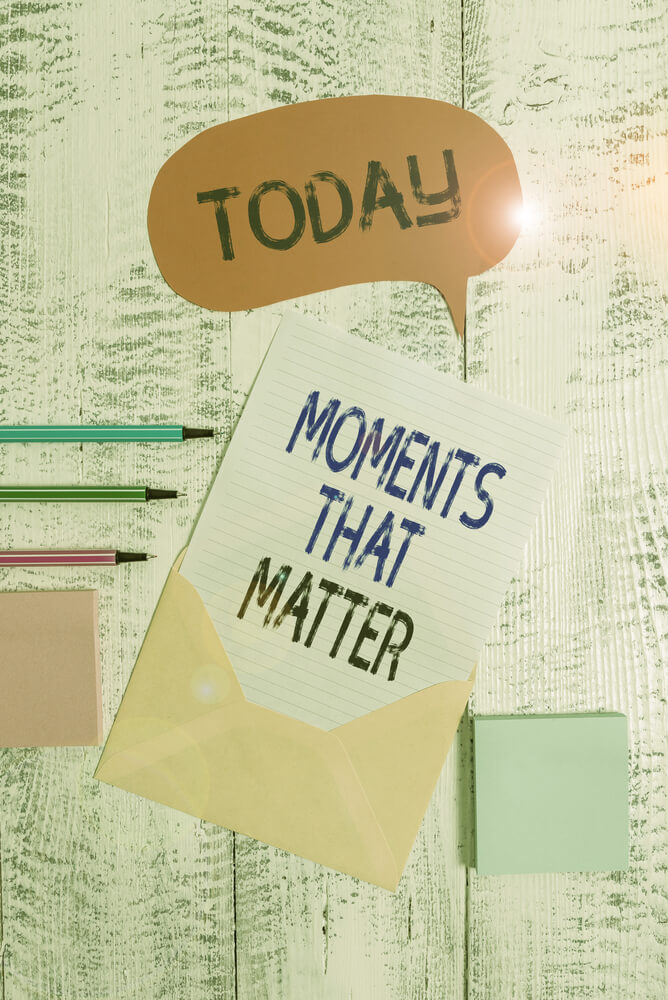
Mess with a person’s daily routine and find out what happens…
How do you feel when someone messes with your routine? Aggravated, pissed off, out of sorts, or off your game for the rest of the day. Very few folks can let it roll off their backs and move on without any negative feelings.
We are all creatures of our own habits. From what we do first thing in the morning to how we get dressed. Our habits are so ingrained in us that we don’t have to waste our precious brain energy to think about what to do. We just “do.” Everything goes off without a hitch, UNTIL…
February 15, 2023
Daily Routines
We need help getting dressed and our helper does things the way that they do them for themselves. Unfortunately, it is not how we do things for ourselves. Talk about trouble and aggravation and a few dammits are thrown in for good measure. We may be dressed but we are all out of sorts and are not happy. Routines can really help people with dementia.
Do this experiment
Try this and you will see what I mean. Stand up and relax with your arms by your side. Cross your arms over your chest. Look down and see which arm is on top. Left over Right or Right over Left. Now, relax them back down to your sides and do it the opposite way. Some of you can’t do it without a struggle. Some of you can do it but it sure feels strange.
Put on your jacket the “normal” way for you. Left arm in first or Right arm in first. Take it off and put it on again using the opposite arm. How does that make you feel? Kind of out of sorts? Now you are aware of how it feels to you. Now you can imagine how it feels to your caree too. You may have wondered why they were not helping you more and it seemed to be more of a struggle than it should have been. Now, you know. You weren’t doing things the way that they have always done them for themselves. You were throwing their routine off and their brain was having to figure out what in the hell was going on and how to compensate all the while their brain was screaming inside because you were doing it wrong!
Understand that people with dementia and, really all of us, have a daily routine
My goal is to get you to understand that we all have our own ways that feel right and good to us. It is comfortable, safe, and secure for us. When we feel comfortable, safe, and secure we are much more agreeable, and our attitude is much better. It is the little things that matter.
Some of you may be thinking, “I just want to get it done.” I understand that feeling. If you want to get it done more easily and with much less stress, then do it their way and you will be done in less time and have a better day.
Freebie for you
I have a document named “My Way.” It is about 12 pages, and it lists things that almost all of us do each day plus some things that we like to do, watch or listen to. It will be helpful to you and your loved one to let each other know what and how you like to do “things.” Send me an email with My Way in the Subject line and I will email you a copy. pat@EmpoweringHealthOptions.com
 I have started this freaking blog, three times. I can’t seem to get going with it. Why? Because my mind is racing and I don’t want to deal with the emotional “stuff” that I am going to have to deal with. How can I tell you to learn to accept help when I have had trouble accepting help? Maybe, I can use some of my experiences so you don’t have to be as stressed as I was.
Our own thoughts, feelings, and stressors keep us from accepting help much less asking for help. Look at us in our Superman power pose. We can handle all. We can do all. And we truly can until the needs of our loved one takes up so much time and energy that we have nothing left to give. This happens about 18 months to two years in the helping process.
February 22, 2023
When I can help someone, I do. I don’t think a thing about helping them nor do I keep track or a “tab”, if you will. I am sure there are many people out there who are the same way. Just as I am sure that there are people that do keep score. Find the people who do not keep score and are willing and able to help each other out when needed.
We can’t do it all. We do need help. We need a written list. It doesn’t have to be things for your loved one, it can be things for you or the house. Things that others can do for you to help ease the stress. What would help you? It is often hard to think about what would help us when we are put on the spot with an offer of help.
I have started this freaking blog, three times. I can’t seem to get going with it. Why? Because my mind is racing and I don’t want to deal with the emotional “stuff” that I am going to have to deal with. How can I tell you to learn to accept help when I have had trouble accepting help? Maybe, I can use some of my experiences so you don’t have to be as stressed as I was.
Our own thoughts, feelings, and stressors keep us from accepting help much less asking for help. Look at us in our Superman power pose. We can handle all. We can do all. And we truly can until the needs of our loved one takes up so much time and energy that we have nothing left to give. This happens about 18 months to two years in the helping process.
February 22, 2023
When I can help someone, I do. I don’t think a thing about helping them nor do I keep track or a “tab”, if you will. I am sure there are many people out there who are the same way. Just as I am sure that there are people that do keep score. Find the people who do not keep score and are willing and able to help each other out when needed.
We can’t do it all. We do need help. We need a written list. It doesn’t have to be things for your loved one, it can be things for you or the house. Things that others can do for you to help ease the stress. What would help you? It is often hard to think about what would help us when we are put on the spot with an offer of help.




